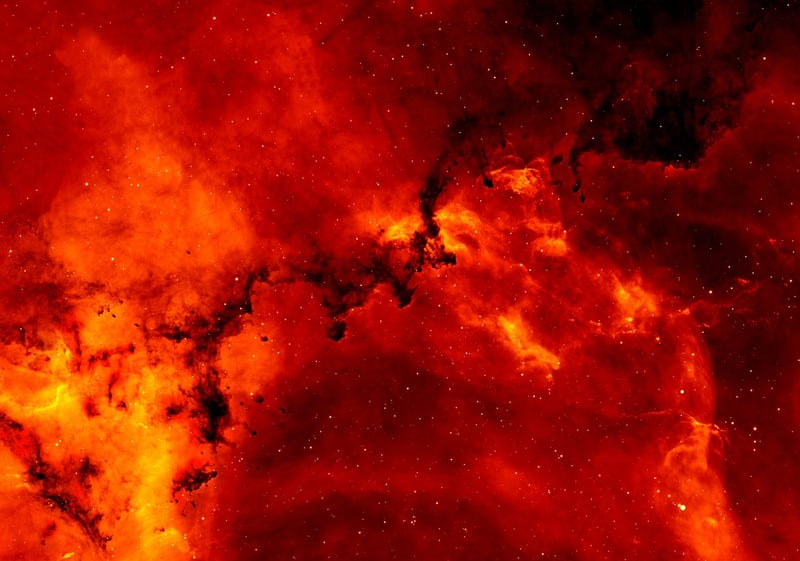Habitability Research
Exploring Life in the Cosmos + Habitability Research
Have you ever looked up at the night sky and wondered if we are alone in the universe? The quest to explore life in the cosmos and understand the factors that make a planet habitable has intrigued scientists and space enthusiasts for centuries. Let's delve into the fascinating world of habitability research and the possibility of finding life beyond Earth.
The Search for Habitable Planets
One of the primary goals of habitability research is to identify planets within our galaxy that have the potential to support life. Scientists are particularly interested in exoplanets, which are planets that orbit stars outside our solar system. These distant worlds come in a variety of sizes and compositions, and some may have conditions suitable for life to thrive.
Factors for Habitability
Several factors contribute to a planet's potential habitability. These include:
- Distance from the Star: The planet should be within the star's habitable zone where conditions are optimal for the existence of liquid water.
- Atmosphere: A planet's atmosphere plays a crucial role in regulating temperature and protecting against harmful radiation.
- Geology: Geological activity, such as tectonic movements and volcanic eruptions, can influence a planet's habitability by recycling nutrients and maintaining a stable climate.
- Presence of Water: Water is essential for life as we know it, making the presence of liquid water a key factor in determining habitability.
Exploring Life Beyond Earth
While the search for habitable planets is ongoing, scientists are also investigating the possibility of life existing in our solar system. Moons like Europa, Enceladus, and Titan have shown potential for harboring microbial life beneath their icy surfaces or in subsurface oceans. Missions like NASA's upcoming Europa Clipper aim to explore these intriguing worlds further.
Additionally, astrobiologists study extreme environments on Earth, such as deep-sea hydrothermal vents and acidic hot springs, to understand how life can adapt to harsh conditions. These studies provide valuable insights into the potential habitability of other planets and moons in our galaxy.
Conclusion
The quest to explore life in the cosmos and understand habitability factors is an exciting and ongoing endeavor. By studying exoplanets, investigating our solar system's moons, and exploring extreme environments on Earth, scientists are gaining a deeper understanding of the conditions necessary for life to exist beyond our planet. While the search for extraterrestrial life continues, each discovery brings us closer to unraveling the mysteries of the universe.

Join us in the exploration of life in the cosmos and stay tuned for the latest updates on habitability research and exciting discoveries in the field of astrobiology!
